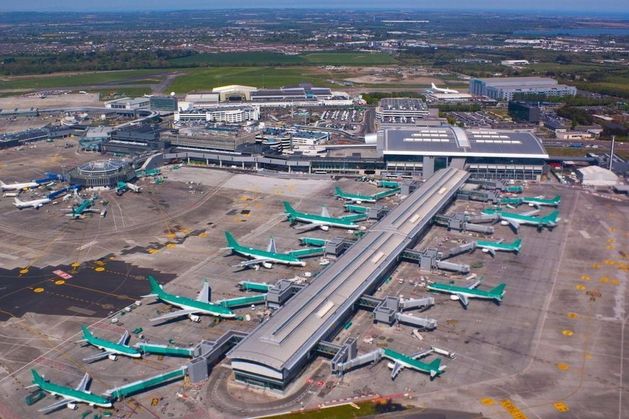In a draft decision issued today, the IAA said it plans to limit the number of available seats to 25.2 million during the summer period, which runs from the end of March to October. This is about one million fewer seats than this summer’s total.
Dublin Airport’s passenger cap was imposed in 2007 as a planning condition attached to the construction of Terminal 2. The DAA, as well as Ryanair and Aer Lingus, are pushing for it to be raised or removed. The airport operator is awaiting a decision on a planning application it has made to Fingal County Council.
A coordination committee at Dublin Airport provides advice to the IAA on take-off and landing slot coordination parameters for each season. The DAA chairs that committee. Ryanair, Aer Lingus, AirNAV Ireland and other airlines are members.
A meeting of the committee was held on August 8. During it, the DAA calculated the likely seat availability parameters for next summer based on a number of factors, including seat availability over the upcoming winter period. On that basis it suggested 25.2 million seats could be permitted for next summer.
Now the IAA says it has accepted this figure. “IAA anticipates that, like winter 2024, this proposal would result in very little, if any, available capacity for new slot requests, or for ad-hoc slot requests, for passenger flights using the capacity of Terminal 1 or Terminal 2 during the Summer 2025 scheduling season,” it said in a statement.
“Such an outcome – and its implications for airlines, Dublin Airport, and the travelling public – flows as a consequence of the planning condition itself.”
Ryanair has previously predicted there would be be about one million fewer seats than the summer just gone. Yesterday the airline’s CEO, Michael O’Leary, again criticised the passenger cap and urged the government to remove it.
Earlier this year the IAA also announced that it was introducing a cap on passenger numbers at Dublin for the winter period, from October 26 to March 29, of 14.4 million.
That means airlines might not be able to operate special flights during that period, which could include services to destinations such as Lapland and airports near ski resorts, as well as extra services laid on for sporting events, such as rugby matches.
That decision by the IAA on winter capacity is currently being challenged by the DAA in the High Court. Ryanair and Aer Lingus are challenging it in a separate action.
“The role of the IAA does not encompass any power to amend or revoke planning conditions, or any decision to enforce or not enforce conditions, which are all matters to be determined by the planning authorities, such as Fingal County Council,” the authority pointed out.
“In that regard, it is also not for the IAA to assess the merits or otherwise of the condition itself.”
The IAA pointed out that its proposal for next summer would result in a total seat capacity of 39.6m across the two seasons. However the seat cap is greater than the passenger cap as it takes account of expected load factors, and makes an adjustment for transfer passengers.

